Starting with a Vision for Collaboration
I now consider myself a recovering principal. After 7 amazing years (and 2 overwhelming years during COVID) as the principal of Little Mountain Elementary in Monticello, MN, I made the difficult decision to explore an exciting new opportunity. Working as a consultant with FIRST Education didn’t present itself the way I would have imagined. At Little Mountain, we had been working on rebooting our PLCs. In full transparency, a few years earlier I had tried to launch the PLC process with our teams and failed miserably. We were using the same agendas during each collaborative meeting, talking about the same students, sorting through the same data, and having very little impact in the classroom. Our teachers were craving relevancy, and this system wasn’t giving us what we needed to make observable gains. We needed a re-do. That, of course, is easier said than done. Having been on board with the first run of PLCs, our teachers were less than enthusiastic for a PLC reboot. Fortunately, I was connected with Garth Larson and Cale Birk before the pandemic, and I knew I could reach out to them for help after their book PLC 2.0 addressed so many of our concerns with traditional PLCs. It was through this work to strengthen our collaborative teams and identify the impact of our instructional strategies that we discovered the power of Observable Impact and Collective Efficacy in our PLCs. Our collaborative teams at Little Mountain worked closely with Cale Birk to redefine PLCs and restructure our collaborative time. The Little Mountain teams also helped to develop tools, resources, and documents that are used by Observable Impact schools throughout the US and Canada, many of which I get to work alongside in my new role as the Associate Director of the PLC Center with FIRST Educational Resources.
It could be a PLC reboot or the stale staff meeting or the district strategic direction that no one reads…change needs to start with a vision. “What’s Our Vision?” is a question that we don’t ask in education nearly enough. We are quick to grab onto new initiatives or systems for many different reasons, but so often they are not the right reasons. We purchase a new curriculum resource because it led to the district next door having their test scores jump a few points or because it aligns with the common core. We implement a new behavior management strategy because our favorite author just wrote a best-selling book on the topic. We participate in a wordsmithing workshop to adopt a new district vision statement because it needs a refresh. But how often do we identify our vision before taking action?
One of the tools we use to identify a clear vision when working with schools is called Worst/Best. It is one of the more popular tools we introduce because it can be used in so many different situations. Our first steps with the tool are to use a strategy called creative inversion. Creative inversion is a process commonly used by innovative companies outside of education to solve problems. And it starts with the worst in mind. For example, if we were creating a vision for how our PLCs should function at the highest level, we would ask teams to list indicators of the worst PLC in which they have participated. This is the easy part! Teachers and leaders have all be in PLC meetings that have no agenda, discussed topics that aren’t relevant, lacked multiple sources of input, consistently rehash the same subjects, and on and on. We follow this by asking teams to discover the best from the worst. We literally draw a line across the tool from the worst and identify the exact opposite of the worst, thus giving us the best traits of a PLC. Teams all over the US and Canada are using the Worst/Best tool to raise the level of accountability in their PLCs and discover the ever-important norms that guide collaboration.

The last two steps of the Worst/Best tool brings clarity to our vision. All of us have, at one time or another, been through a norming exercise that never amounted to anything other than words posted on a wall. At this point, we need to develop a clear vision of collaboration from our bests if we hope for follow through and action. Teams will create a specific, descriptive, and observable summary of what will happen during PLC meetings from the list of bests. The key here is to rely on the description being observable. Inevitably, educators will fall back on education buzzwords such as collaboration, engagement, and culture when creating their bests. All of those traits are positive and certainly should be included within a high-functioning PLC. However, we need to ask ourselves, “what does an engaged PLC look like?” or “how will we know when collaboration is at its best during PLCs?”. And the last step is to describe in detail what we hope to see as a result of our collaboration. If all of our bests are present during our collaborative team meetings and we have a clearly defined vision of what can be observed in our meetings, what will the result be? And this is where we connect our collaborative efforts to student learning and achievement.
As mentioned earlier, the Worst/Best tool can be used to create a vision with almost any challenge at the building or district level. By co-creating a vision of the best from our experiences of the worst: professional development, school dance, cafeteria, graduation, strategic direction, vision statement, field trip, classroom expectations, or PLCs, we create a path to action and impact. Without a clear vision of PLCs, teams will continue to struggle in connecting their collaborative efforts to observable impact in the classroom. However, by having a descriptive, clear, and observable vision, we can start to see our vision transferred to the classroom and finally understand the value of collaboration.
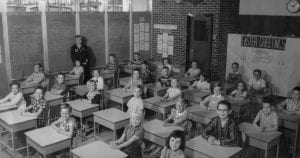


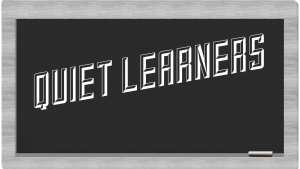
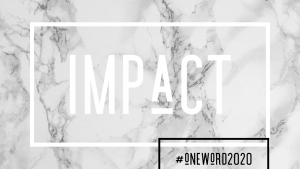

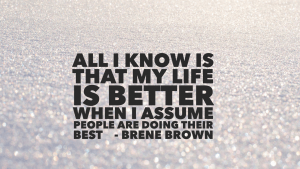
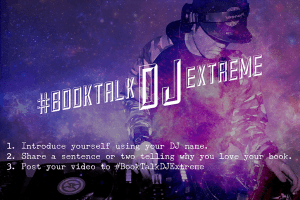

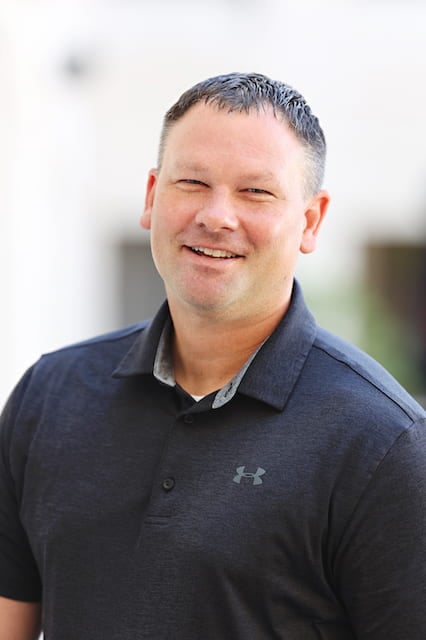
Recent Comments